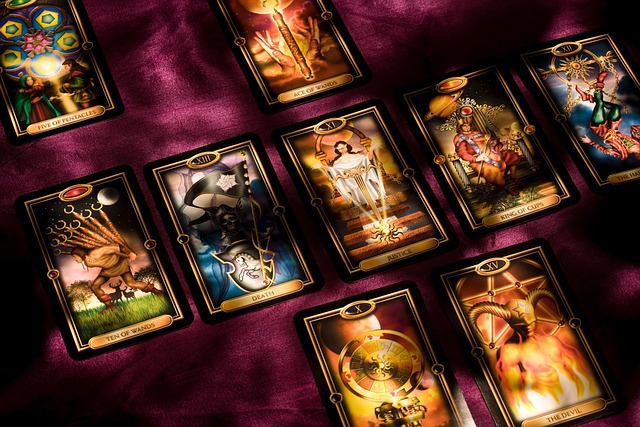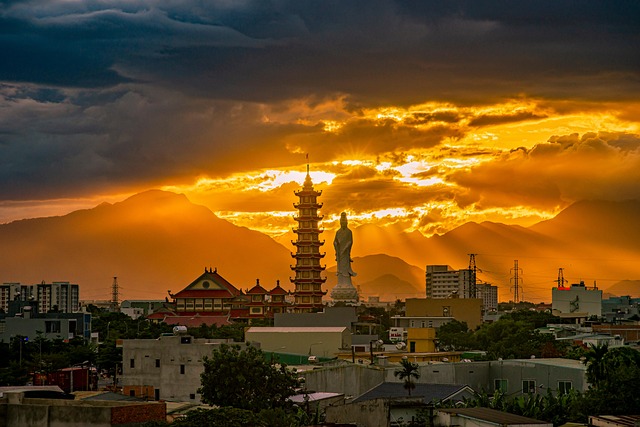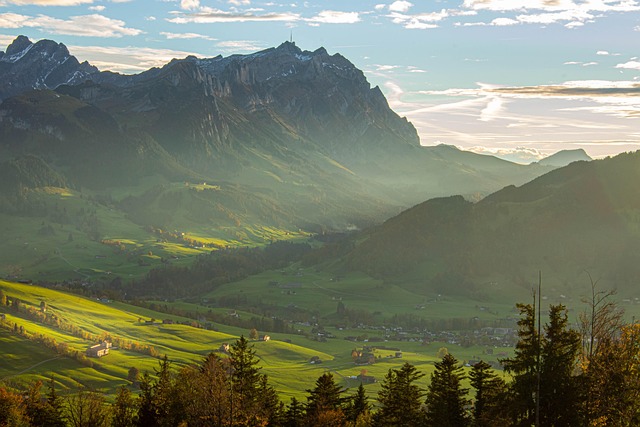Throughout human history, the intersection of prophetic insight and the rhythm of holidays has shaped the way communities celebrate, reflect, and anticipate the future. Prophecy, in its many forms, is more than a forecast; it is a narrative that weaves together belief, expectation, and cultural practice. When a religious festival arrives, it is often framed by prophetic pronouncements that provide meaning, purpose, and a sense of destiny. Whether the promise of a new era is spoken by a charismatic leader or etched into sacred texts, the prophetic element elevates a celebration from mere ritual to a living testament of faith. By examining the ways in which prophecy informs festivals across diverse traditions, we uncover patterns that reveal how humanity has always sought to align the present with the divine promise. The festivals become arenas where the prophetic voice is not only remembered but also re-experienced, renewing the community’s collective hope and commitment.
Historical Roots of Prophecy in Festive Traditions
Early societies often viewed prophetic declarations as the guiding force behind the timing and significance of public celebrations. In ancient Mesopotamia, for instance, the spring festival of Ishtar’s arrival was preceded by oracular readings that promised fertility and renewal. Similarly, the Jewish observance of Passover was historically linked to prophetic promises made by Moses concerning the liberation of the Israelites. These connections illustrate how prophecy and holiday timing were intertwined: the prophetic message would dictate not only the meaning of the event but also its occurrence, embedding a sense of destiny within the communal calendar. Over centuries, this pattern spread across cultures, with prophetic narratives adapting to local contexts while maintaining the core function of anchoring festivals to a larger, divinely ordained narrative.
Prophetic Themes Across Major Religions
Across Christianity, Judaism, Islam, Hinduism, Buddhism, and many indigenous faiths, prophecy often centers on themes of redemption, renewal, and moral transformation. In Christianity, the anticipation of Christ’s return informs the celebration of Easter, while the prophetic tradition of the prophets in the Old Testament foreshadows this event. Jewish festivals such as Shavuot and Sukkot echo prophetic assurances of covenant and divine presence. In Islam, the prophetic life of Muhammad is celebrated through Eid al-Fitr and Eid al-Adha, both of which commemorate the revelation of divine guidance and the willingness to sacrifice for faith. Hindu festivals like Diwali and Holi are underpinned by prophecies about the victory of good over evil, as foretold by sages in ancient epics. Buddhist observances, though less centered on prophecy, still incorporate expectations of enlightenment and the spread of Dharma, reflecting a subtle prophetic undertone. Each tradition uses prophecy not merely as a historical recounting but as a living promise that informs the festival’s spirit.
Prophetic Signs and Rituals in Specific Festivals
Prophecy manifests in festivals through ritual practices that are believed to materialize the predicted outcome. During the Jewish festival of Hanukkah, the lighting of the menorah is accompanied by prayers that echo prophetic hope for a renewed covenant. In the Christian liturgical calendar, the solemn procession during Holy Week reflects the prophetic narrative of Jesus’ suffering and the promise of resurrection. Islamic prayer rituals on the day of Eid al-Adha include the sacrifice of an animal, a tangible enactment of the Prophet’s readiness to give up his own flesh for a greater purpose, thereby bringing prophecy into daily life. Hindu weddings, steeped in prophecies of cosmic union, use rituals like the garland exchange and the tying of the mangalsutra to signify the binding of destinies. These practices demonstrate how prophecy is made experiential, allowing participants to connect physically with the promised transformation.
Modern Interpretation and Relevance
In contemporary times, the prophetic dimension of festivals often takes on a more symbolic or reflective tone. Many modern believers approach prophecy as a moral compass rather than a literal prediction. For example, environmental activists may interpret the prophetic call for stewardship found in religious texts as a directive that shapes the celebrations surrounding Earth Day. In urban multicultural societies, festivals frequently incorporate inclusive narratives that draw from diverse prophetic voices, creating a shared space for dialogue and mutual understanding. Digital media now plays a role in disseminating prophetic messages, enabling real-time engagement during festivals worldwide. Yet, the core idea persists: festivals are still seen as moments when the collective hopes articulated in prophecy are revived, tested, and reaffirmed through communal experience.
Future Outlook: Prophecy in Festivals of Tomorrow
Looking ahead, the prophetic voice in festivals may evolve to address global challenges such as climate change, social justice, and technological disruption. Religious leaders could craft new prophetic narratives that inspire collective action, embedding these messages into the rhythm of holidays. Communities may begin to celebrate “prophetic festivals” that explicitly aim to enact prophetic promises through service projects, ecological stewardship, or interfaith cooperation. The continued relevance of prophecy will likely depend on its ability to speak to contemporary realities while preserving the depth of tradition. In this dynamic interplay, festivals will remain a powerful arena where prophecy is not only remembered but actively lived, shaping both individual faith journeys and communal identities for generations to come.




